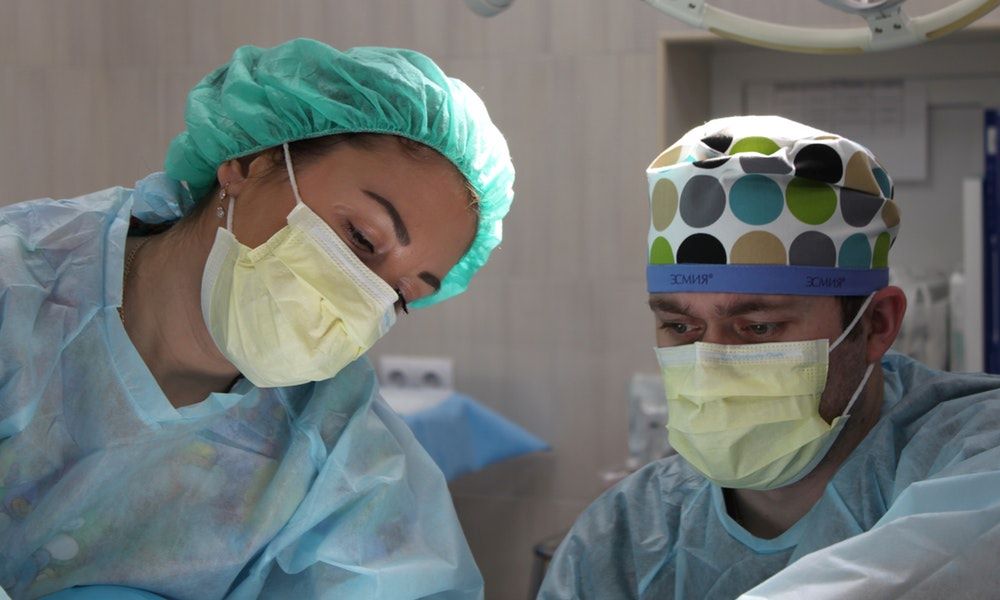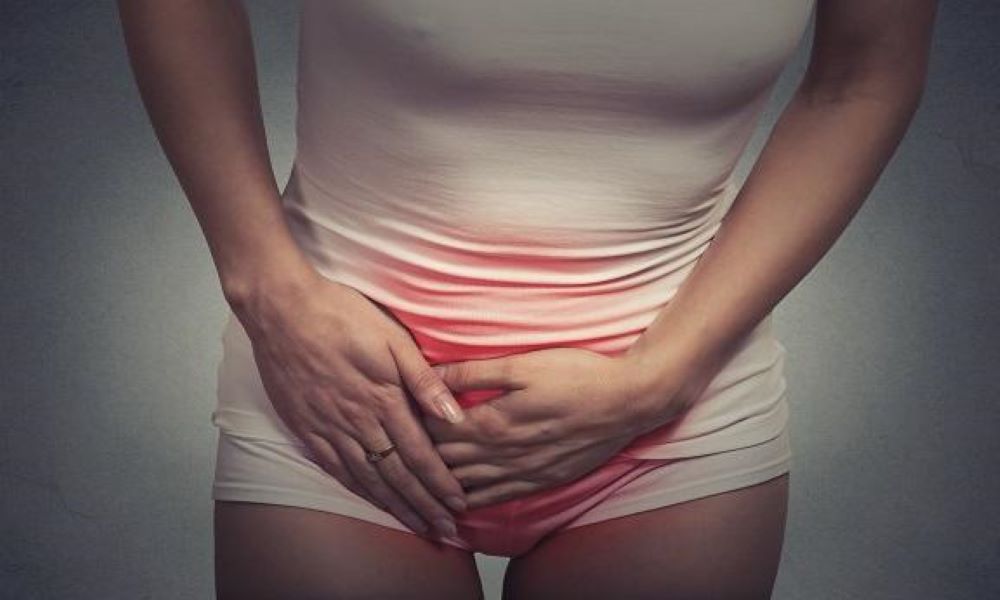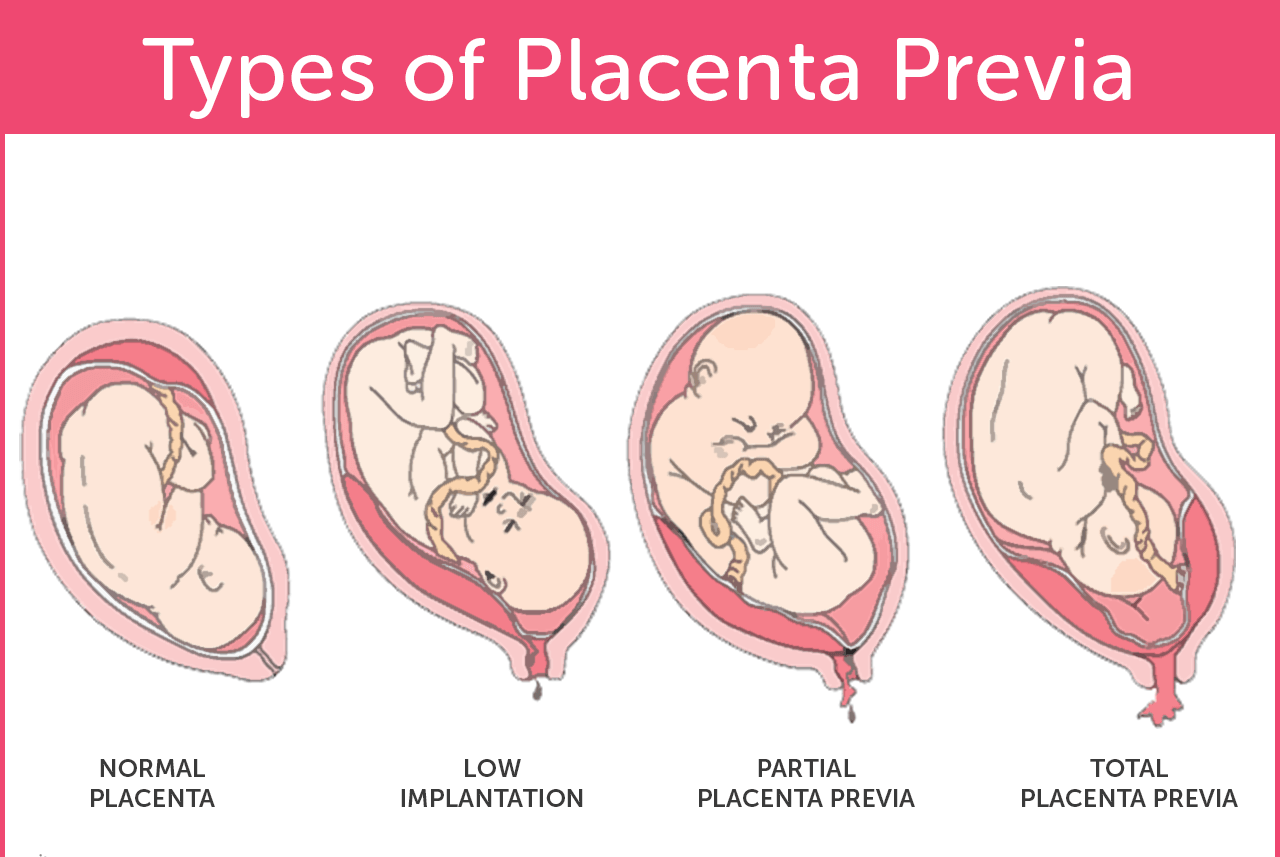How Long For Cervix To Heal After D&C – RECOVER FROM A D&C?
What is D&C ?
D&C, short for dilation and curettage, is a very common surgical procedure performed in women, where the uterus is reached after dilating the opening of the cervix to clean the unwanted or abnormal tissue of the endometrial lining of the uterus. This abnormal tissue is scraped of from the inside of the uterus using a small spoon-shaped instrument called a curette. This procedure is performed either for a diagnostic purpose or a therapeutic purpose.
How do I know I need a D&C ?
A D&C is performed for several important reasons and your might plan a D&C for you if you have any of the following symptoms:
- You are bleeding heavily during your periods, then your doctor would want to look for a mass that is causing you to bleed heavily. The most common growth is known as a fibroid. It is a benign growth from a layer of the uterus. Or other types of masses may include polyps or a uterine cancer.
- You had a delivery where your placenta was not entirely expelled and your doctor would perform a D&C on you help your uterus expel the remnants of the placenta and go back to its normal size so your can heal better.
- You had a miscarriage and the conception tissue has not left your body naturally, therefore, a D&C would be done to eliminate the chances of infection and promote healing.
Who needs a dilation and curettage D&C?
Is a question often asked by women considering this procedure. There are many reasons a woman may need a D&C, and each case is unique. However, there are some general situations where a D&C may be recommended. If you have had a miscarriage, your doctor may recommend a D&C to help clear the uterine lining and to prevent infection. If you have heavy bleeding or irregular bleeding, a D&C can help determine the cause and treat the underlying problem.
Sometimes, a D&C may remove polyps or other growths from the uterus. It is important to remember that a D&C is a major surgery, and it should only be considered if other treatment options have failed or are not an option. If you are considering a D&C, be sure to talk to your doctor about all of your options and the potential risks and benefits of the procedure.
How do I prepare for D&C surgery?
D&C is regarded as a minor procedure with minimal complications and a short duration of stay in the hospital. You can prepare yourself by adopting a few measures and also following your doctors instructions avidly.
- Your doctor will take your complete history and he will also examine you thoroughly. It is imperative that you are open with your doctor and do not feel embarrassed.
- You need to tell the doctor if you are taking any medications, it can be over-the-counter medicines or the ones prescribed to you for any other disease.
- You need to inform your doctor if you are allergic to any medication or from anesthesia drugs or if you had any complications with previous surgeries.
- Tell your doctor if you have any bleeding disorder. Plus, it is important that you do not take aspirin or any other blood-thinners within 1 week of the surgery. And if you do take aspirin, then stop it 7 days before the surgery.
- Your doctor would also run a few blood tests on you in order to declare you completely fit for the surgery.
- If you have questions for your doctor, make sure that you clear your mind before proceeding for the surgery.
- Your doctor will plan the type of anesthesia that should be administered in you. It can be either general anesthesia, where you are put to sleep during the surgery, or spinal anesthesia, where your lower half of the body is desensitized so that you do not feel any pain.
- You will be admitted in the hospital a day before to run all the important measures required prior to surgery. This will also include fasting instructions, where you will be guided to strictly avoid taking food or water orally for at least 8 hours before the surgery.
- If you have any other medical condition, your doctor will make preparations for you,accordingly.
Click To Learn More: Pros And Cons Of Abortion – Choosing Abortion Is A Right Thing For Me?
How is a D&C procedure performed?
Dilation and curettage (D&C) is a surgical procedure that removes tissue from the uterus. It is often performed after a miscarriage or to diagnose or treat certain gynaecological conditions.
The cervix is dilated (widened) using instruments or medication during the procedure. A curette, a small spoon-shaped instrument, is then used to scrape the lining of the uterus to remove any remaining tissue.
A D&C can be performed in a hospital or outpatient surgery centre. It is usually done under general anesthesia, which means you will be asleep and pain-free during the procedure. However, in some cases, a D&C may be done with local anesthesia and conscious sedation, which means you will be awake but relaxed and pain-free.
The procedure usually takes about 15-30 minutes. After the procedure, you will be monitored for a short time to ensure you are recovering well. You may be given pain medication and instructions on how to care for yourself at home.
What should I expect during D&C ?
This surgical procedure is a day care procedure and it does not take much time. You might also be discharged on the very next day of the surgery, provided that no complication has occurred during your stay at the hospital.
You will be asked to sign a consent form when you arrive for your dilation and curettage (D&C). This form gives your permission for the procedure to be performed. You will then be asked to empty your bladder and wear a hospital gown. You will be positioned on the table, usually in a stirrup position, with your feet in support. A speculum will be inserted into your vagina to see your cervix. The doctor will then dilate or open your cervix.
This is done by inserting small metal rods into the opening of the cervix. The rods gradually increase in size until the cervix is opened enough for the instrument called a curette to be inserted. The curette is a long, thin instrument with a loop at the end. It is used to scrape the uterus lining and remove any abnormal tissue. Suction may also be used to remove tissue. After the tissue has been removed, the doctor will close the cervix with stitches (sutures). A small tube may also be placed in the cervix to help prevent infection.
- Your anesthesia will be administered in you in a sterile environment.
- Your legs would be propped in lithotomy position where you legs will be supported on raised stirrups.
- Then the operating site will be vigorously sterilized to avoid infection.
- Your vaginal walls will be held open by a speculum to expose the cervix.
- A tenaculum will be used to hold the opening of the cervix and allow an approach to the uterus.
- A dilator instrument of different diameters is inserted in the cervix. A dilator with the smallest diameter is first used and then dilators of larger diameter are used one by one to gently open the opening if the cervix. This is because a large diameter dilator in the start would cause
trauma to the cervix. - Once the cervix has opened to a desired diameter, a spoon-shaped instrument called curette is used to scrape the abnormal tissues from the endometrial of the uterus. Another way is to use a suction in a case of miscarriage to suck out all the tissue of the conception.
- After all the abnormal tissue is removed, another instrument is used to measure the height if the uterus, this instrument is called uterine sound. It is inserted in the uterus and the numbers written on the sound will help measure how much the sound has gone into the uterus and this will tell the height of the uterus.
- All the instruments are removed from the vaginal canal and the area is cleaned properly. You will be draped back and you will be send into the recovery room.
- The tissue that had been removed from the uterus is sent for lab work. This will tell if there is a malignant or benign growth. Similarly, it can also tell you about chromosomal abnormalities in the fetal tissues.
Pregnancy After A Miscarriage: What You Need To Know
How Long For Cervix To Heal After D&C?
The recovery period of this procedure is short unlike the major surgeries. But this time mainly depends on how complicated the surgery was or what type of anesthesia was used. For instance, if you were administered with general anesthesia, then it might take a few hours to regain consciousness. On the contrary, you are awake during the spinal anesthesia and the drugs just have to wear off from the lower part of your body. You may be discharged on the same day, as well.
Cervix healing time after a dilation and curettage (D&C) procedure can vary depending on how extensive the surgery was and how the individual’s body heals. In most cases, the cervix will heal within two to four weeks. However, some women may take up to eight weeks to heal completely.
Most women will experience some cramping and bleeding for a few days after a D&C. This is normal and should not be cause for alarm. If the bleeding or cramping becomes excessive, or if there is any sign of infection, see a doctor right away.
For most women, a D&C is a safe and relatively simple procedure. However, there is always a small risk of complications, such as infection or excessive bleeding. It is important to discuss any concerns you have about the surgery with your doctor before deciding whether or not to proceed.
After a dilation and curettage (D&C) procedure, it is normal for the cervix to take some time to heal. The time it takes for the cervix to heal can vary from person to person, but it is generally recommended to allow at least a week or two for the cervix to heal fully.
During this time, it is essential to take good care of yourself and follow any instructions given by your healthcare provider. This may include taking prescribed medications as directed, avoiding sexual activity or using tampons, and getting plenty of rest.
Paying attention to any signs of infection, such as fever, unusual discharge, or abdominal pain, is also essential. If you experience any of these symptoms, you must contact your healthcare provider immediately.
In general, it is a good idea to be patient and allow your body the time it needs to heal after a D&C procedure. If you have any concerns or questions, it is always best to speak with your healthcare provider.
- Your doctor will instruct you to avoid using tampons, having sex or douching your genital area. All this can be done after 3 to 4 days of the procedure or whenever your doctor instructs you to.
- It is normal to experience cramping in the first few days of the procedure. It is also normal slightly bleed from your vagina or experience spotting, which is why it would be recommended for you to carry a sanitary napkin when coming to the hospital for the procedure. You can also take pain killers for your pain.
- You should resume usual diet. Try staying hydrated and eating healthier foods during this period. Or your doctor might give you a diet plan, as well.
- You would be asked to avoid doing strenuous exercises, instead, breathing exercises would do.
- You might have your next period earlier or later than its usual time. And this is completely normal.
- Make sure to give your body the rest and sleep it needs.
- Your doctor will plan your next follow-up, and it is necessary that you see your doctor to help you recover properly.
What complications might occur after D&C?
There are meager chances of developing complications after a D&C, but if you still experience symptoms that is out of the ordinary, let your doctor know immediately.
- Heavy bleeding
- Fever
- Sever pain
- Discharge from the vagina
Dilation and curettage (D&C) is a standard procedure that is generally safe when performed by a skilled healthcare provider. However, as with any surgical procedure, there is a risk of complications. Some possible complications that may occur after a D&C include the following:
- Infection: There is a risk of infection after any surgical procedure. Signs of infection may include fever, unusual discharge, or abdominal pain.
- Bleeding: It is normal to have some bleeding after a D&C, but excessive bleeding can signify a complication.
- Damage to the cervix or uterus: There is a risk of damage to the cervix or uterus during a D&C. This can cause pain and bleeding and may require additional treatment in rare cases.
- Perforation of the uterus: There is a small risk of the instrument used during the D&C puncturing the uterus wall. If this occurs, surgery may be needed to repair the perforation.
- Allergic reaction: Some people may be allergic to the medications or other substances used during the D&C.
When will you ovulate again after D&C?
The timing of ovulation after a dilation and curettage (D&C) procedure can vary from person to person. Most people will generally ovulate within a few weeks of having a D&C. However, ovulation can occur sooner or later than this, depending on various factors such as your menstrual cycle and hormone levels.
After a D&C, it is common for the menstrual cycle to be irregular for a few cycles. This is because the procedure may disrupt the normal hormonal balance in the body. It is common to experience spotting or light bleeding for a few days after the procedure.
It is important to remember that the timing of ovulation can be affected by various factors, including stress, illness, changes in weight, and certain medications. If you are trying to become pregnant or avoid pregnancy, it is a good idea to use a reliable method of contraception until your menstrual cycle becomes regular again.
What are the benefits of having the D&C procedure?
Dilation and curettage (D&C) is a surgical procedure that removes tissue from the uterus. It is often performed after a miscarriage or to diagnose or treat certain gynaecological conditions. Some potential benefits of having a D&C procedure include the following:
- Treatment of abnormal bleeding: A D&C can remove abnormal tissue or growths that may be causing abnormal bleeding. This can help to reduce or eliminate abnormal bleeding and improve a person’s quality of life.
- Diagnosis of uterine conditions: A D&C can be used to obtain tissue samples for laboratory testing. This can help to diagnose certain conditions, such as uterine fibroids or cancer.
- Treatment of incomplete miscarriage: If a miscarriage is incomplete and there is tissue remaining in the uterus, a D&C may be recommended to remove the remaining tissue. This can help to prevent infection and bleeding and can help to speed up the physical and emotional recovery process.
- Relief of symptoms: A D&C may be recommended to treat certain gynecological conditions that cause symptoms, such as heavy or irregular bleeding. Removing the abnormal tissue or growths can help to relieve these symptoms.
- Diagnosis: A D&C can diagnose certain gynecological conditions, such as endometrial cancer, by obtaining tissue samples for laboratory testing.
- Treatment: A D&C can treat certain gynecological conditions, such as abnormal bleeding or uterine fibroids.
- Relief of symptoms: A D&C can be used to remove tissue that is causing symptoms, such as heavy bleeding or pain.
- Completion of miscarriage: If a miscarriage has started but has not been completed, a D&C can remove any remaining tissue from the uterus.
What are the reasons not to have a D&C?
Dilation and curettage (D&C) is a standard surgical procedure to remove tissue from the uterus. It is often performed after a miscarriage or to diagnose or treat certain gynaecological conditions.
There are some situations in which a D&C may not be recommended. Some reasons why a D&C may not be appropriate include the following:
Pregnancy: A D&C is not usually performed during pregnancy because it can cause harm to the developing fetus.
Infection: If you have an infection in your reproductive tract, you may need to wait until the infection has been treated before having a D&C.
Bleeding disorders: If you have a bleeding disorder or are taking blood thinners, you may be at a higher risk of bleeding during or after a D&C.
Previous uterine surgery: If you have had previous surgery on your uterus, you may be at higher risk of complications during a D&C.
It is essential to discuss your medical history and any concerns you may have with your healthcare provider before deciding whether a D&C is appropriate for you. They can help you understand the risks and benefits of the procedure and help you make an informed decision.
References:






3 Replies to “How Long For Cervix To Heal After D&C”